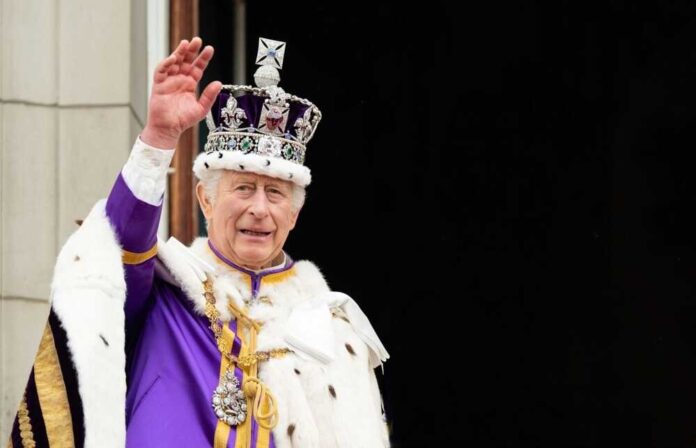Britain’s Princess of Wales has ended months of speculation about her whereabouts with an announcement that she has been diagnosed with cancer. Catherine, wife of future King Prince William, posted a video to social media saying she had undergone major abdominal surgery, during which cancer was discovered. A spokesperson for the family said the Princess needs time away from the spotlight to focus on her recovery, but she and her husband were deeply moved by the outpouring of public support.
The senior Royal did not provide details about the cancer, but her diagnosis came just weeks after King Charles III declared that he was suffering from the disease. The King’s diagnosis came during a routine prostate procedure at a private London clinic in February.
When the Princess disappeared from public view after Christmas, she was the subject of a raft of online conspiracy theories. For Mother’s Day in March, Catherine posted a photograph online with her children, prompting social media users to point out the apparent editing of the image. The Princess later said she had performed amateur editing and apologized for stirring up unintended controversy. Nevertheless, the conspiracy theories continued, with some suggesting she had left her husband and others even claiming that she had died.
In the wake of the cancer diagnosis announcement, numerous theorists returned to social media to apologize. Government officials in London subsequently stated that the rumors about the Princess’s whereabouts were fuelled by Britain’s adversaries to “destabilize the country.” A spokesperson named China, Iran, and Russia as possible culprits.
Even in the wake of the cancer statement, several conspiracy theories continue. Some social media users claim Catherine’s filmed announcement was generated by artificial intelligence (AI), and an American doctor added fuel to the fire when he told CNN that her explanation does not “make a lot of medical sense.” Dr. Jonathan Reiner said Catherine’s diagnosis would have been made before surgery because extensive scans and imaging precede surgical intervention.














